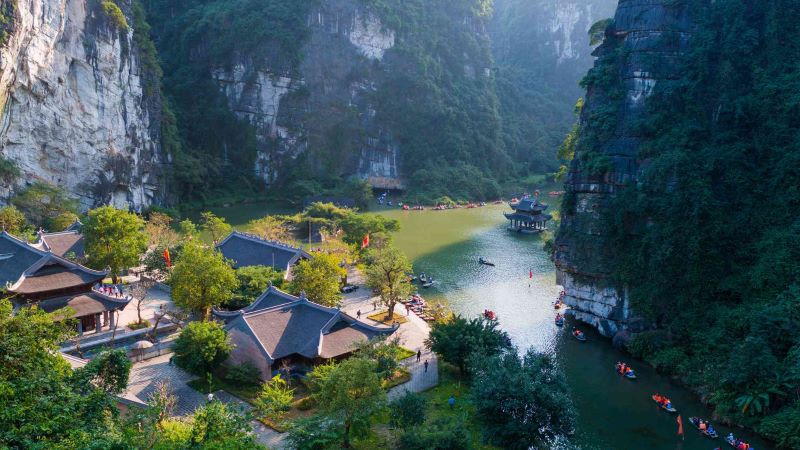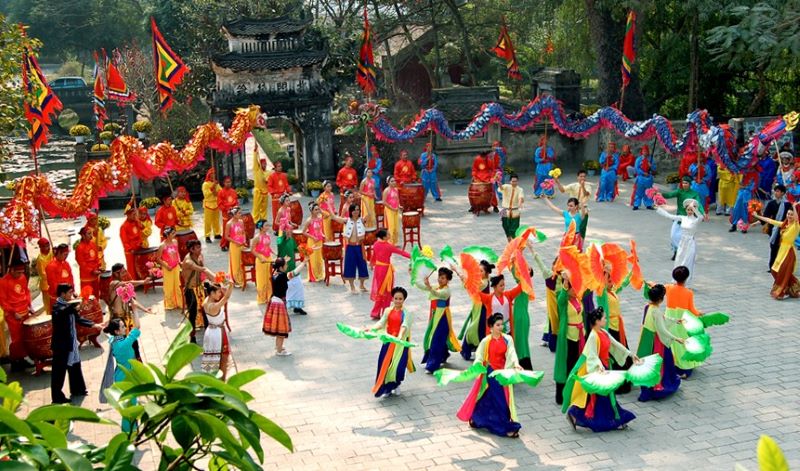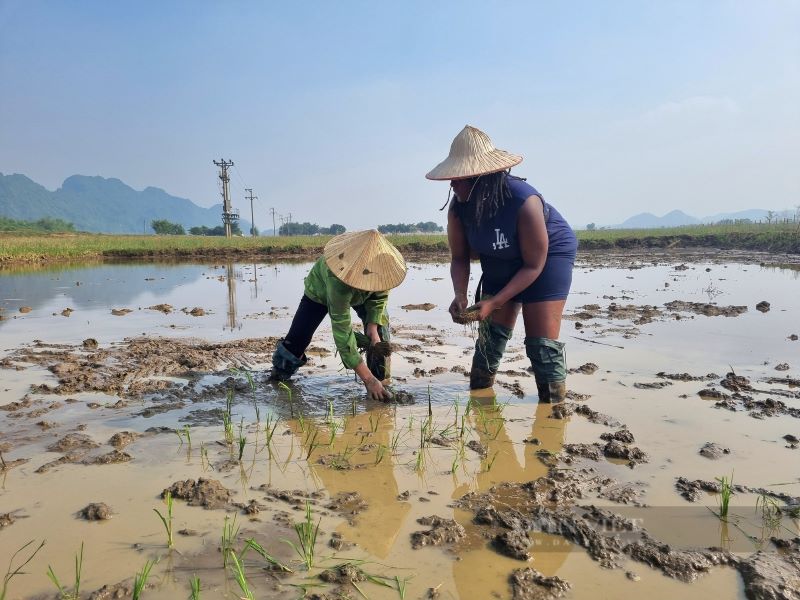Among the many routes travelers can take in Vietnam, the journey from Ninh Binh to Sapa stands out as a favorite due to its stunning views and the opportunity to explore some of Vietnam’s most captivating destinations. Ninh Binh is known for its beautiful karst landscapes and historical sites. At the same time, Sapa offers remarkable terraced rice fields and vibrant ethnic cultures. This comprehensive guide will provide all the essential information for a smooth and enjoyable journey from Ninh Binh to Sapa.
How far is it from Ninh Binh to Sapa?
The distance from Ninh Binh to Sapa is approximately 500 kilometers (310 miles). While this may seem considerable, the various transportation options ensure you can find one that suits your schedule and budget. The scenic value of the route makes it an enticing drive or train ride.
Understanding the distance and available modes of transportation between Ninh Binh and Sapa is not just crucial, but it’s the key to planning your trip effectively. This knowledge will empower you to make informed decisions and enjoy a smooth journey.
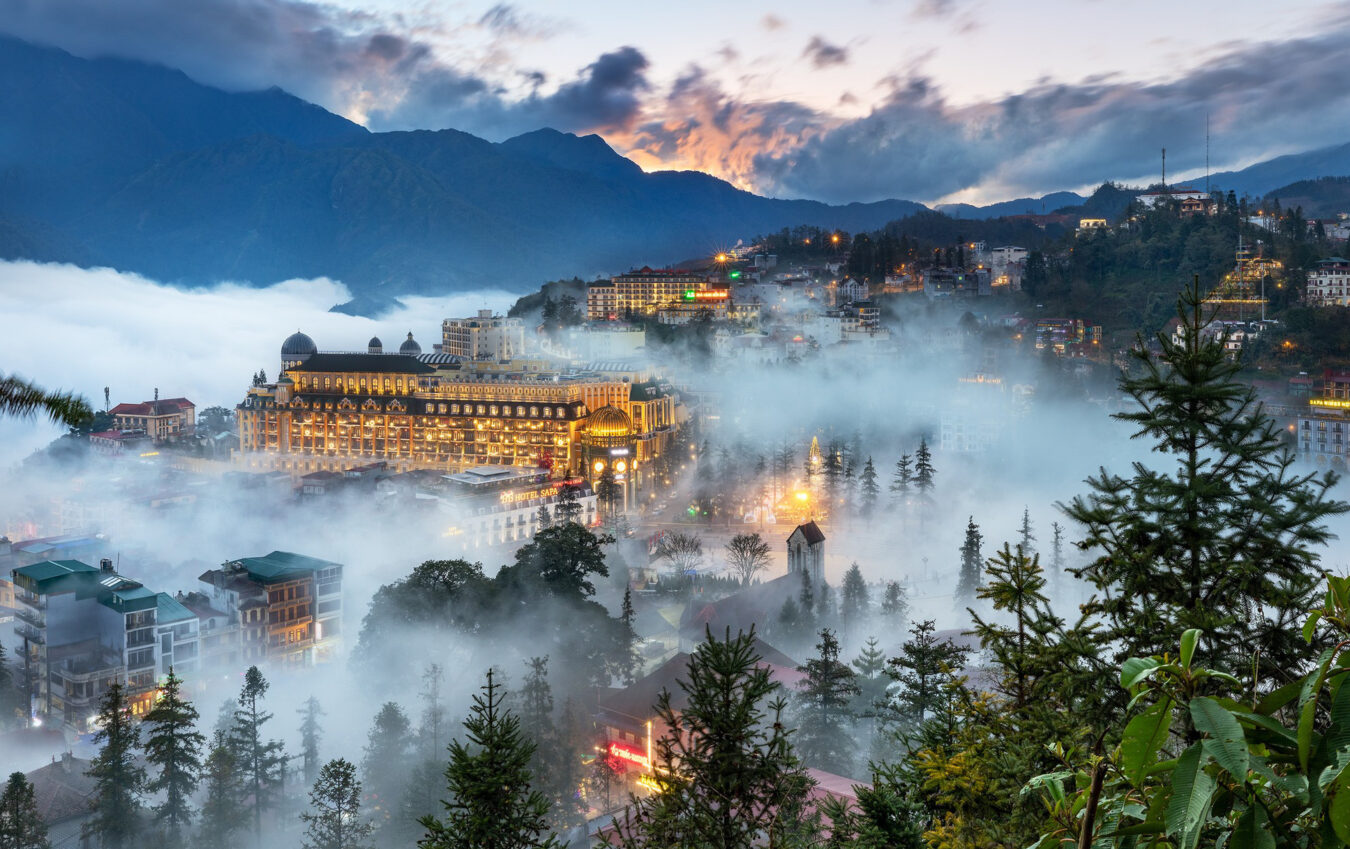
Transportation options
When making your way from Ninh Binh to Sapa, you have a variety of transportation methods to choose from:
Train
A significant number of travelers choose to travel by train. The nearest train station to Ninh Binh is Hanoi, where passengers can catch an overnight train to Lao Cai. This station serves as the closest point to Sapa. Typically, this journey takes around 8 to 9 hours.
Embarking on a train journey promises a comfortable and cozy travel experience, allowing you to interact with fellow passengers. However, it is important to note that a layover in Hanoi is usually part of the journey, which can extend your travel time.
Bus
For those mindful of their budget, direct bus services that connect Ninh Binh to Sapa are a great option. With travel durations averaging about 12 hours, this mode of transport is not only budget-friendly but also provides a fantastic opportunity to engage with the local culture along the way.
Though bus travel might not be as comfortable as taking the train and could result in longer travel times, buses often run on direct routes, making them a more convenient choice for those who wish to avoid dealing with transfers.
Car
If you seek a travel option that offers more flexibility, renting a car or hiring a private taxi may be ideal. The driving duration can vary from roughly 10 to 12 hours, influenced by traffic conditions and any stops you choose to include during the trip. However, it is important to consider that this option can become expensive when you factor in costs like fuel and tolls.
By carefully considering these advantages and disadvantages, you can determine the most suitable transportation option that fits your travel preferences and style.
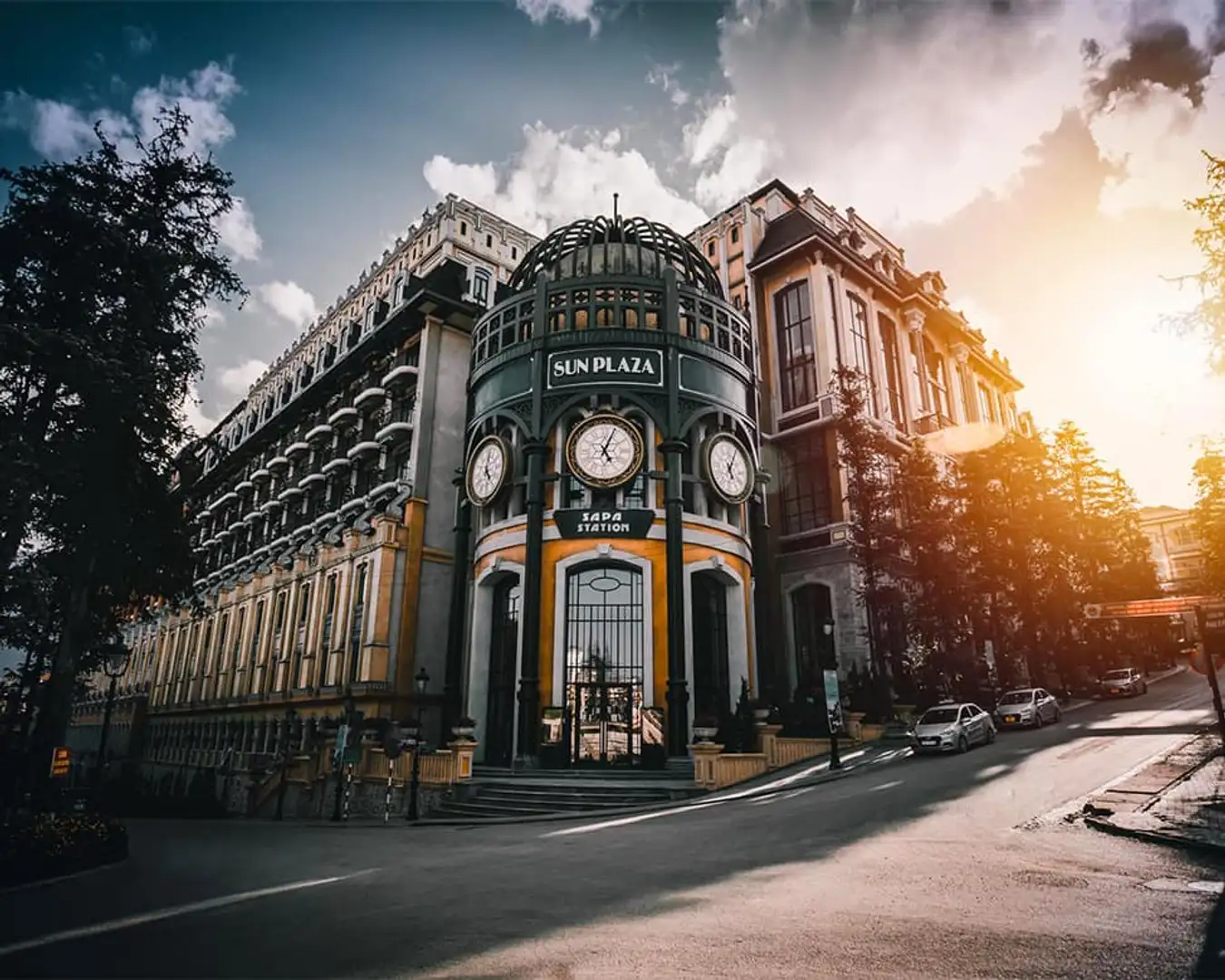
Best time to visit
Timing your visit can significantly influence your experience in Ninh Binh and Sapa. Ninh Binh has a humid subtropical climate with hot summers and mild winters. Sapa, located at a higher altitude, is cooler year round and has chilly winter months.
Spring (March to May): This is considered the best time to explore both destinations. During these months, the climate remains comfortable, vibrant flowers bloom throughout the area and precipitation is minimal.
Summer (June to August): The summer months, while lush and green, are also characterized by substantial rainfall, especially during June and July. It is important for those planning to visit to be aware of the potential risks of flooding or landslides during this time, and to plan their trip accordingly.
Autumn (September to November): The autumn season brings enjoyable weather and highlights the stunning golden rice terraces in Sapa. It is also an excellent time for trekking and engaging in various outdoor activities.
Winter (December to February): Sapa winter season can be pretty chilly, with temperatures occasionally falling below freezing. If you have a penchant for winter sports or enjoy snug evenings indoors, this time of year might particularly appeal to you.
Local festivals can enhance your experience. Notable events include the Fall Spring Bac Ha Horse Race Festival and Tet Trung Thu. Participating in these festivities allows travelers to immerse themselves in local culture.
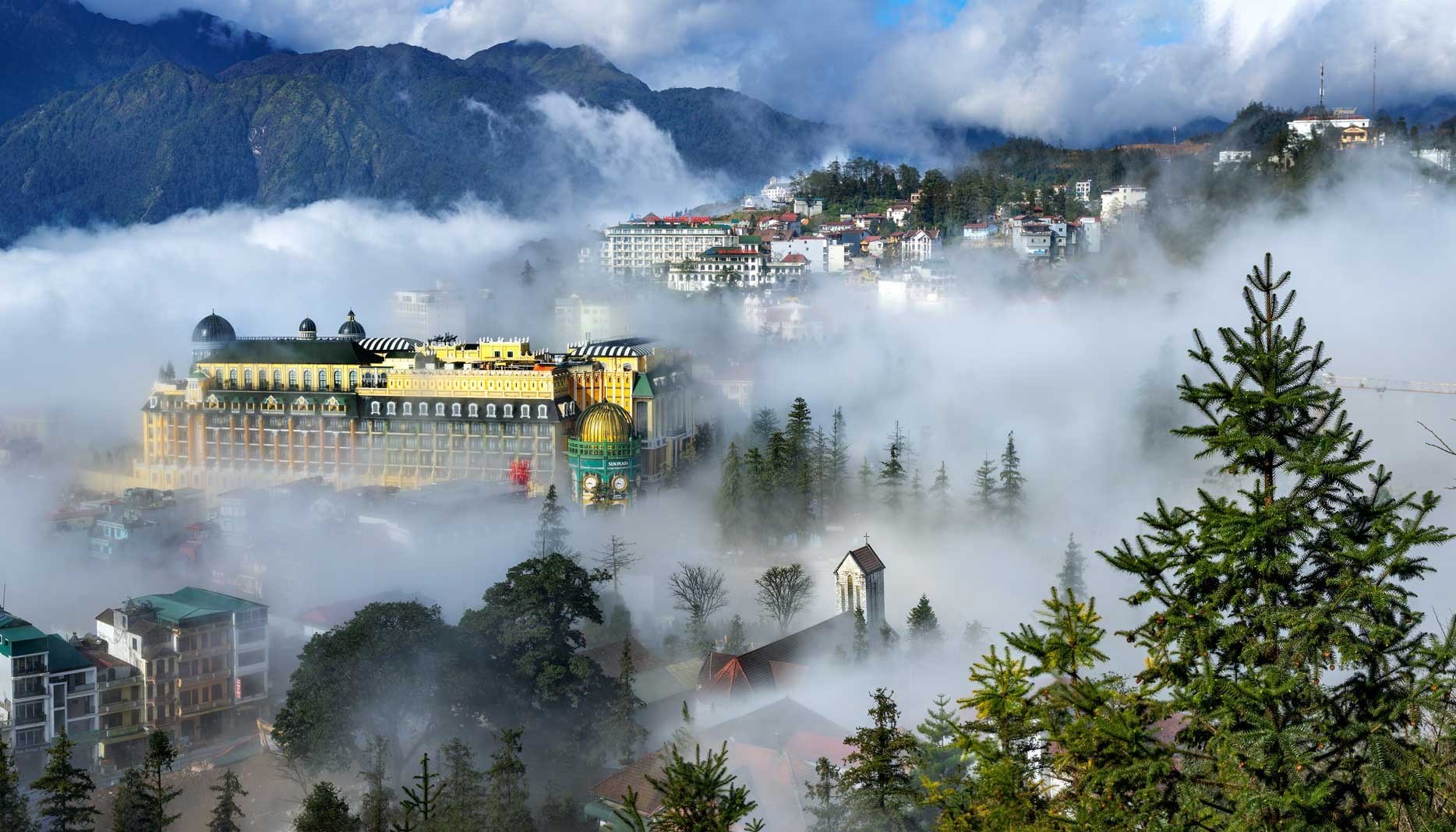
Route options
Set out on an adventure from Ninh Binh to Sapa, where you will find numerous breathtaking routes to choose from. One particularly captivating path is highway 32, which offers stunning mountain views and the opportunity to visit vibrant local markets. The surroundings are a beautiful tapestry of lush green hills and quaint traditional villages, creating an idyllic backdrop for your journey.
Alternatively, you can opt for highway 1A, followed by highway 279. Although this route takes a bit longer, it presents charming scenery and chances for cultural engagement. This option lets you uncover hidden treasures, making it perfect for travelers seeking a unique and less conventional experience.
If your schedule allows, take breaks at remarkable locations during your journey. For instance, Mu Cang Chai is famous for its stunning terraced rice fields, making it a destination that should be noticed. Additionally, you may want to visit nearby ethnic minority villages, as they offer a unique opportunity to immerse yourself in the vibrant culture and traditions of the local people.

Best places to visit in Sapa
Sapa is rich in a variety of attractions that appeal to a wide range of interests and preferences. Here are some destinations that visitors must visit:
Muong Hoa Valley
Situated more than 6 miles from Sapa, the stunning Muong Hoa Valley showcases some of Vietnam most beautiful scenery. The valley is inhabited by various ethnic groups, including the H’Mong, Ta Van, and Tay, with the Muong Hoa stream flowing for 15 km through the towns of Lao Chai, Ta Van, Hau Thao, and concluding at Ban Ho.
Muong Hoa Valley ranks among the area most extensive rice cultivation regions. The lush green hills, magnificent vistas, and intriguing traditional villages are just a few attractions that welcome visitors who hike here.
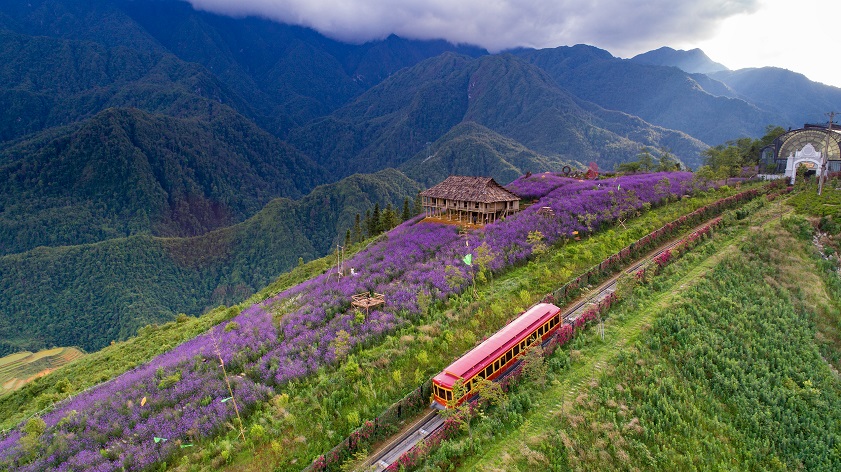
Fansipan
At 3,143m, Fansipan is the tallest mountain in the Indochinese Peninsula, earning it the title “the Roof of Indochina”. It is part of the Hoang Lien Son range and overlooks terraced rice fields and ethnic villages.
Many trekking enthusiasts aim to reach Fansipan peak. Various trekking options are available, depending on your adventure level, fitness, and time, ranging from one to four days. For a one day trek, prepare for an early start and ensure you are healthy.
If hiking is not appealing, there is the cable car option. The Fansipan Legend Cable Car stretches 6,292.5 meters, making it the longest non stop three rope cable car. It has a record elevation gain of 1,410 meters and offers stunning views over Muong Hoa Valley and the Hoang Lien Son peaks as it ascends through the clouds.
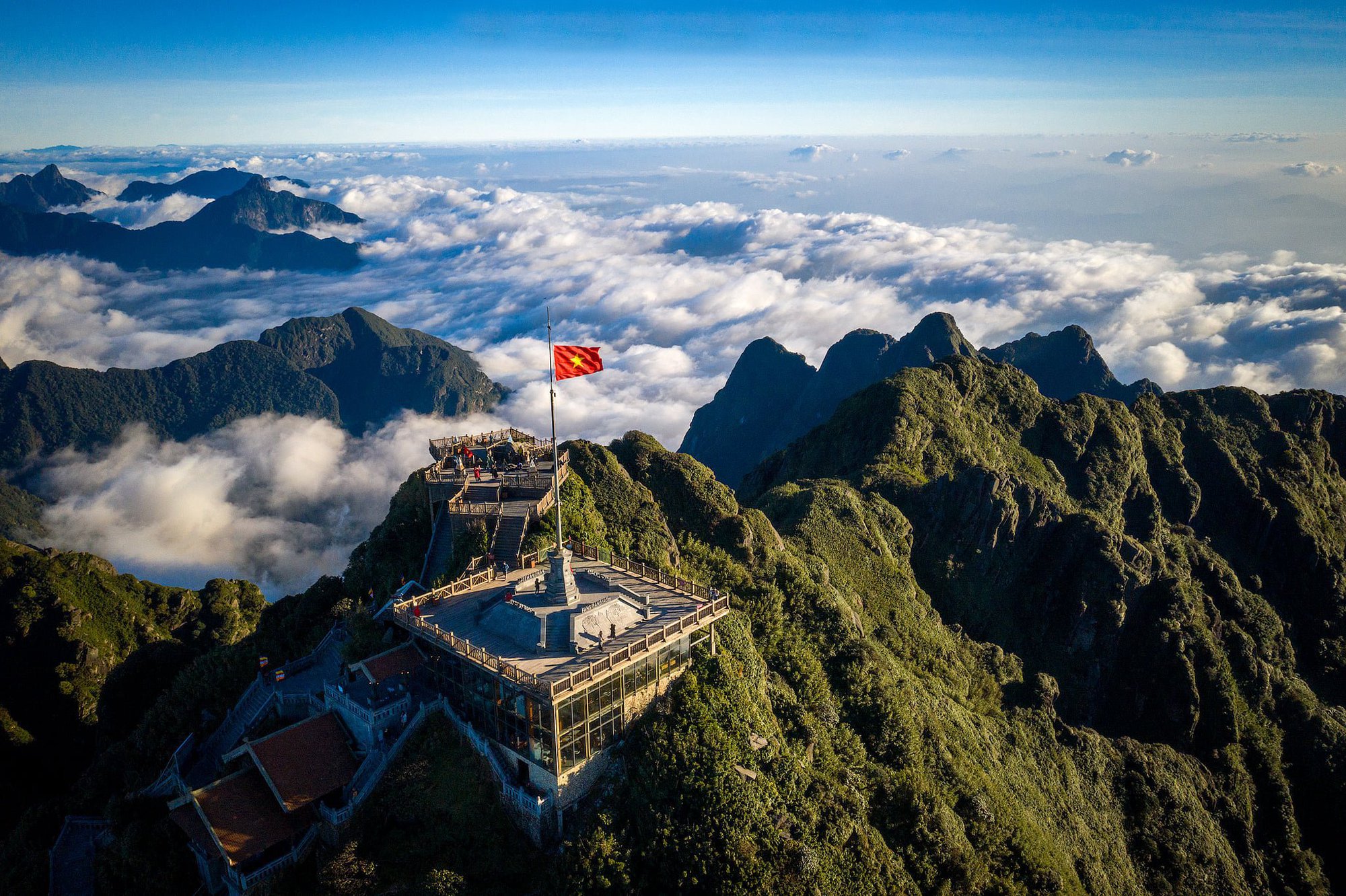
Cat Cat Village
Cat Cat Village is home to the Hmong people. It emerged in the 19th century when various H’Mong and Dzao families settled together. They began farming rice and corn and producing textiles and handicrafts. The village is renowned for its stunning landscapes, including waterfalls, water mills, and rice terraces. Just 3 km from Sapa, it’s an ideal stop on trekking routes, offering picturesque views of the surroundings.
H’Mong homes in Cat Cat typically have three rooms and doors, topped with Po mu wood roofs. The houses feature stone columns, and their walls consist of sawn timber. The main door remains closed except during significant events. While trekking, you might see women creating colorful brocades and children playing with pets or livestock.
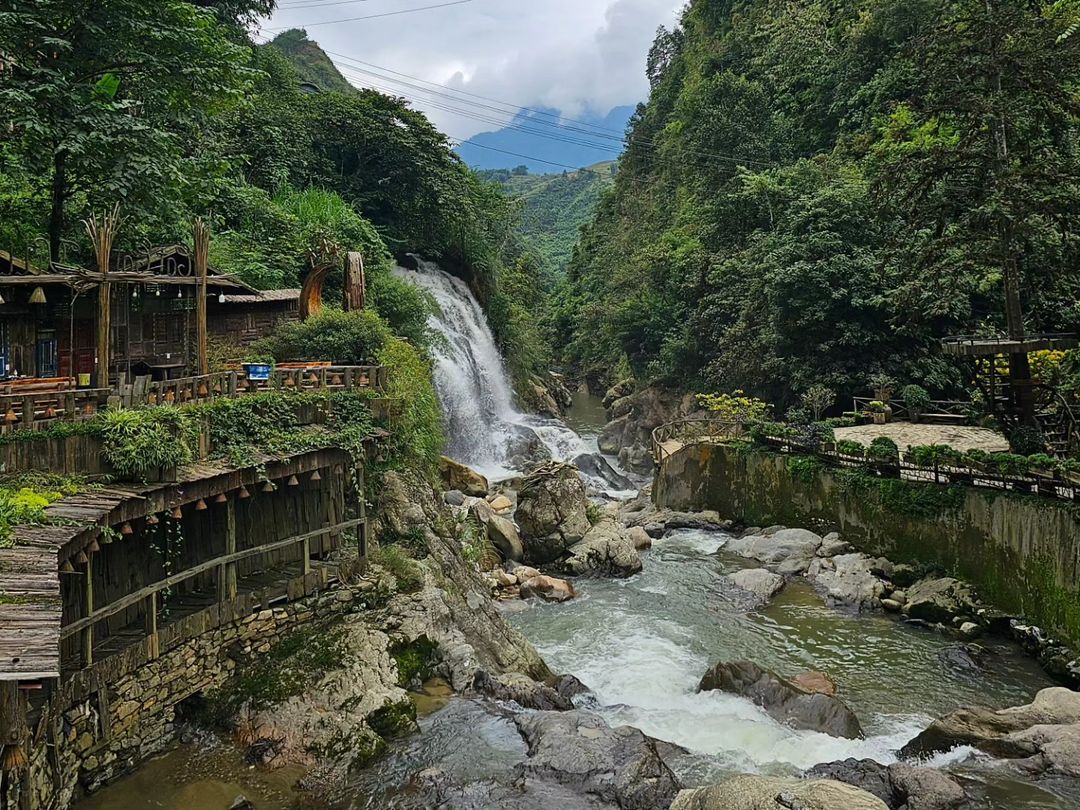
Ban Ho Village
Ban Ho, located 30 kilometers southwest of Sapa, is a charming village inhabited by the Mong, Dao, Tay and Giay tribes. Nestled against the beautiful Muong Hoa Valley, it feels like a peaceful retreat. The local residents are also remarkable, they offer genuine smiles and speak honestly, treating visitors as family.
When visiting Ban Ho, guests can enjoy the natural beauty, picturesque surroundings, and distinctive wooden architecture that reflects the lifestyle of the ethnic communities while also immersing themselves in a warm and welcoming atmosphere and engaging in community events.
As soon as you arrive, you’ll likely notice groups of women weaving outside their homes. Weaving serves not only as a means of income but also as a way to uphold their cultural traditions. People often gather around a fire in the evenings to sing traditional songs and dance. Feel free to join in and experience the local culture! If you’re hesitant about dancing, enjoy a cup of corn alcohol, giving you the courage to embrace the night!
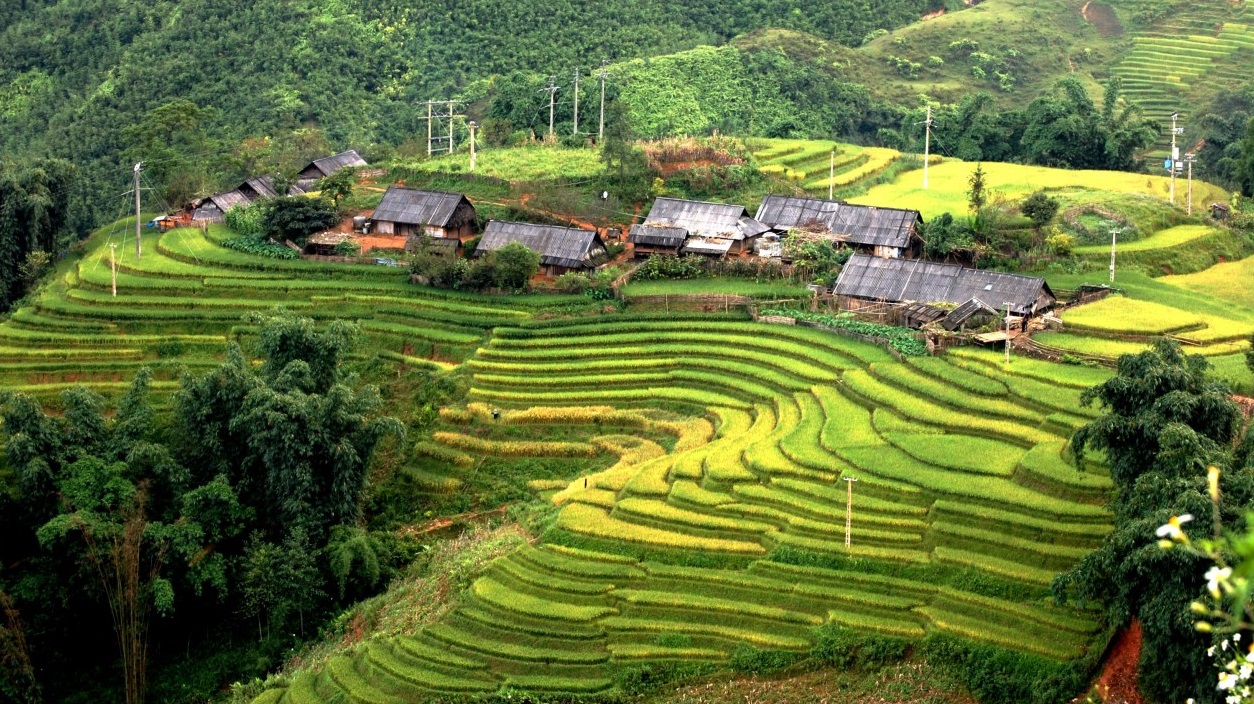
Stone Church
The Stone Church is situated in the center of Sapa town and was constructed by the French in the early 20th century. It is known by several names, including Sapa ancient stone church, stone church and Holy Rosary Church. Built from stone in Roman Gothic style, the church’s front door faces east to welcome God’s light, while its back faces west, where God Kito is believed to have originated.
Covering over 6,000 m², the church features seven compartments totaling more than 500 m², along with a 20 m tall bell tower that houses a 1.5 m tall, 500 kg bell. Despite being built in 1932, it remains well preserved, including the carvings on the bell.
Nowadays, Sapa Stone Church serves as both a religious site for locals and tourists and a venue for various cultural activities of the local ethnic groups. Every Saturday, it becomes a gathering place for young people during the “love market” to meet potential partners. In the peaceful evening atmosphere of the highlands, the sounds of traditional instruments like flutes and trumpets blend with the dances of local youth, creating an unforgettable experience.
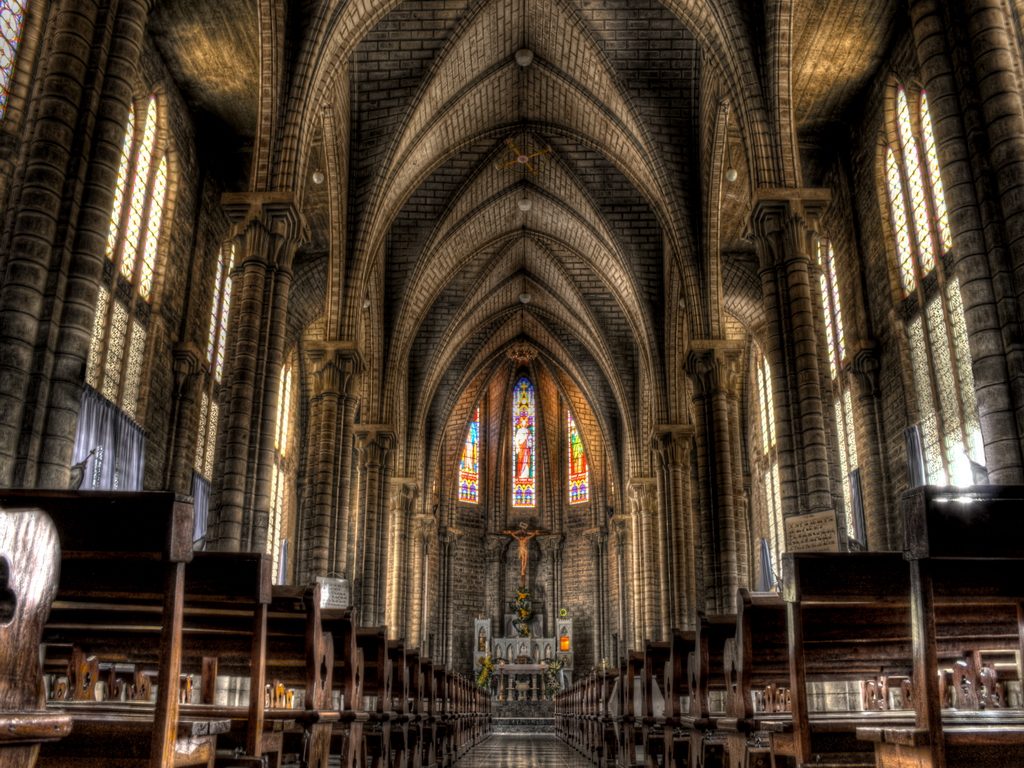
Tips for traveling from Ninh Binh to Sapa
Equipping yourself with practical tips can help make your trip smoother and more enjoyable. Here are some tips that Meditours Ninh Binh would like to send to you:
Clothing Choices: Layering outfits is highly recommended because weather fluctuations are unpredictable. It is important to be equipped for sunny, warm afternoons and chilly evenings.
Emergency Contacts: It is crucial to keep emergency contact details easily accessible at all times. This should include information for local emergency services and the address and contact number of your place of stay.
Engagement with Locals: Utilizing simple Vietnamese phrases for greetings can significantly enhance your ability to connect with the local population. Demonstrating politeness and maintaining an open mindset can contribute substantially to establishing friendly relationships.
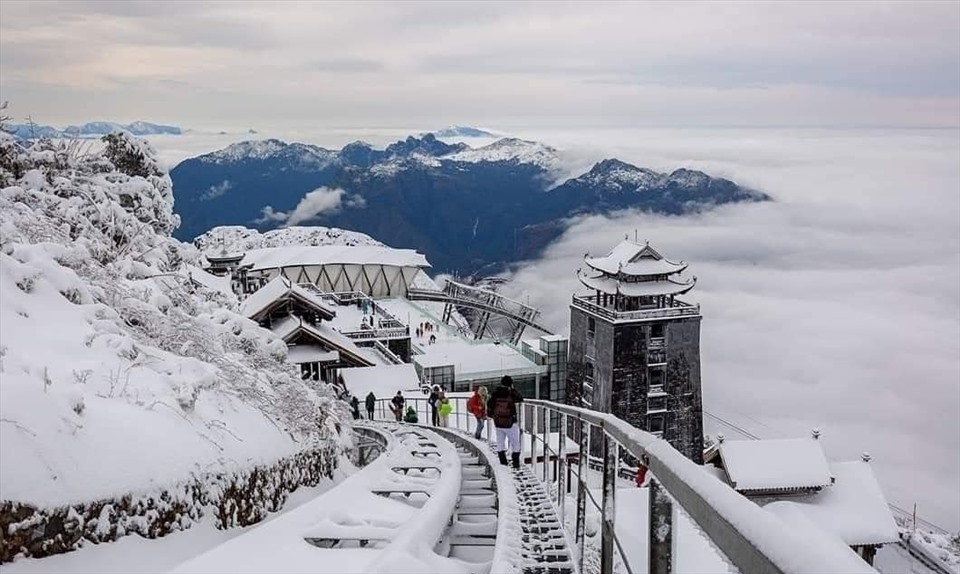
The journey from Ninh Binh to Sapa offers enchanting natural beauty and profound cultural experiences. From the majestic mountains to the lush rice terraces, each moment presents opportunities for adventure and connection. Planning your trip wisely and respecting local customs can create lasting memories in Vietnam’s stunning landscapes. So, pack your bags, embrace spontaneity, and embark on an unforgettable journey from Ninh Binh to Sapa. Explore both destinations and immerse yourself in the rich tapestry of Vietnamese culture!
